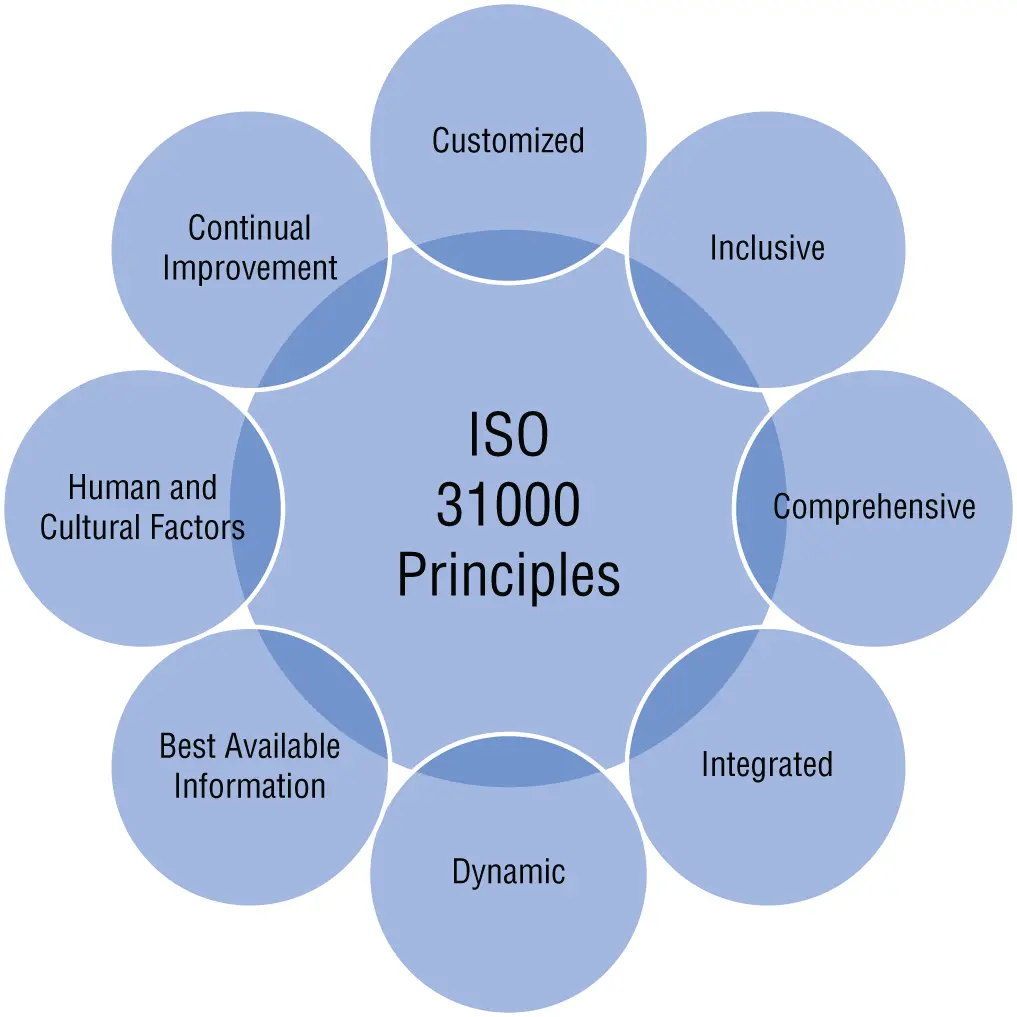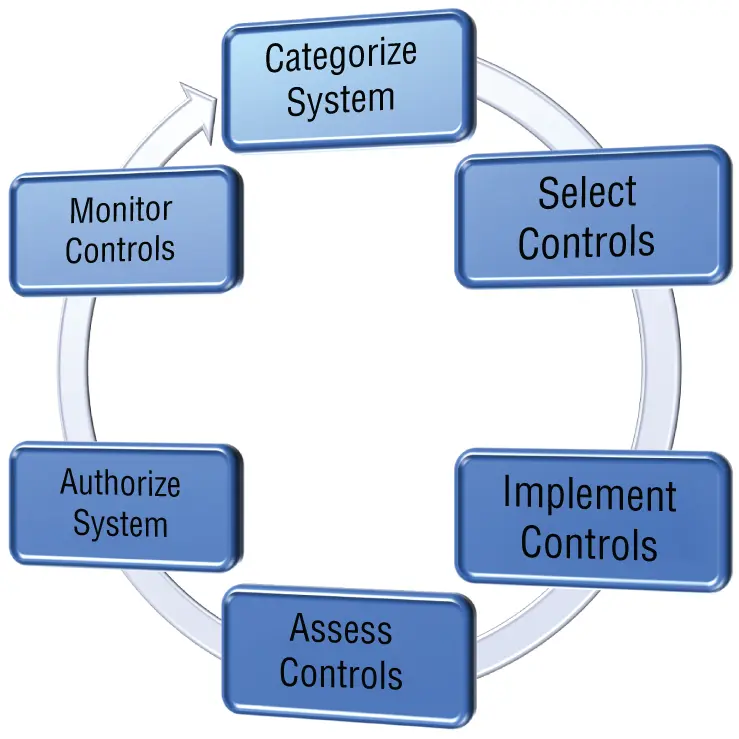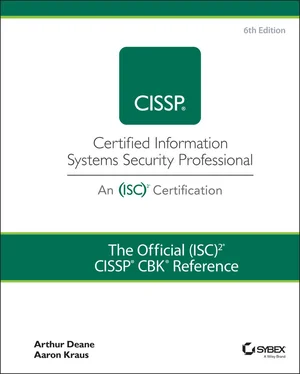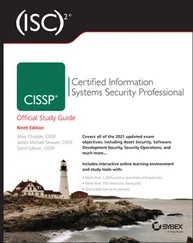
FIGURE 1.7 ISO 31000:2018
The eight ISO 31000 principles are described here:
Customized: The framework should be customized and proportionate to the organization and the level of risk.
Inclusive: The appropriate and timely involvement of stakeholders is necessary.
Comprehensive: A structured and comprehensive approach is required.
Integrated: Risk management is an integral part of all organizational activities.
Dynamic: Risk management anticipates, detects, acknowledges, and responds to changes in a timely fashion.
Best available information: Risk management explicitly considers any limitations of available information.
Human and cultural factors: Human and cultural factors influence all aspects of risk management.
Continual improvement: Risk management is continually improved through learning and experience.
To assist organizations in implementing the ISO 31000 standard, ISO 31004, “Risk Management — Guidance for the implementation of ISO 31000,” was published to provide a structured approach to transition their existing risk management practices to be consistent with ISO 31000 and consistent with the individual characteristics and demands of the organization.
While the 31000 series addresses general risk, information security practices are addressed in the ISO 27000 series. The use of the ISO/IEC Guide 73 allows for a common language, but ISO/IEC 27005:2011, “Information technology— Security techniques — Information security risk management,” gives detail and structure to the information security risks by defining the context for information security risk decision-making. This context includes definition of the organization's risk tolerance, compliance expectations, and the preferred approaches for assessment and treatment of risk.
ISO 27005 does not directly provide a risk assessment process. Rather, it provides inputs to, and gets outputs from, the risk assessment practice used by the organization. In this framework, the assessment process may be performed in a quantitative or qualitative manner but must be done consistently so that prioritization can be performed. ISO 27005 further emphasizes the need for communication with stakeholders and for processes that continuously monitor for changes in the risk environment.
The ISO standards have seen broad adoption, in part because of the broad international process in the development of the standards. Further, the standards themselves, while constantly under review, connect to other standards managed within the ISO. This enables organizations to adopt those standards that are appropriate for their businesses and provides a more holistic view of an organizations' risk and compliance activities.
U.S. National Institute of Standards and Technology
Through a hierarchy of publications, the National Institute of Standards and Technology provides direction to U.S. government agencies in implementing information security practices. In the current incarnation, the Risk Management Framework (RMF) provides a structured analytical process to identify, control, evaluate, and improve the organization's information security controls. Documented in NIST Special Publication 800-37, “Guide for Applying the Risk Management Framework to Federal Information Systems,” it prescribes a six-step process through which the federal government manages the risks of its information systems; the six steps are pictured in Figure 1.8. Though the steps in this framework are tailored to government agencies, they are widely applicable within just about every industry.
The first step of the NIST RMF involves categorizing all information systems based on the potential impact to the organization due to the loss of confidentiality, integrity, or availability. Implied in this process is that the organization must have a comprehensive inventory of systems to apply the categorization standard. Once security categorization has been performed, a baseline set of controls must be selected based on the identified categorization and impact.

FIGURE 1.8 NIST Risk Management Framework
Once the system has been categorized and baseline controls are selected, the controls must be implemented and monitored to ensure that they “are implemented correctly, operating as intended, and producing the desired outcome with respect to meeting the security requirements for the system.” This will produce a set of documents certifying the technical application of the controls.
After categorizing information systems, selecting and implementing controls, and assessing the effectiveness of those controls, organizational leadership then makes a formal decision whether to authorize the use of the system. This decision is based on the ability of the controls to operate the system within the organization's risk tolerance. Finally, the organization must continuously monitor the effectiveness of the controls over time to ensure that the ongoing operation of the system occurs within the organization's risk tolerance.
While focused on the computing activities of the U.S. government, the NIST standards and guidelines have had a pervasive effect on the security community because of their broad scope, their availability in the public domain, and the inclusion of industry, academic, and other standards organizations in the development of the standards. Further, the NIST standards often set the expectations for security practice that are placed on other regulated industries. This is most clearly shown in HIPAA legislation, where healthcare organizations must demonstrate that their controls align with the NIST security practice. Due to its broad reference, the NIST RMF is an important part of the CISSP CBK.
TIPNIST 800-30, “Guide for Conducting Risk Assessments,” and the NIST Cybersecurity Framework (discussed in the “Security Control Frameworks” section) both provide practical guidance to help the CISSP frame, present, and inform management decisions about risk.
In the late 1990s, the audit community in the United States and Canada recognized that there was a significant gap between IT governance and the larger organizational management structures. Consequently, IT activities were often misaligned with corporate goals, and risks were not comprehensively addressed by the control structure or consistently reflected in financial reporting. To address this gap, ISACA developed a framework through which the IT activities of an organization could be assessed.
The Control Objectives for Information and Related Technology framework differentiates processes into either Governance of Enterprise IT (five processes) or Management of Enterprise IT (32 processes). Each process has a set of objectives, inputs, key activities, and outputs, and measures to evaluate performance against the objectives. As the framework is closely aligned with other management frameworks and tools (ISO 20000, ISO 27001, ITIL, Prince 2, SOX, and TOGAF), it has gained wide acceptance as an encompassing framework for managing the delivery of IT.
Based on the ISACA COBIT governance framework, the RiskIT framework provides a structure for the identification, evaluation, and monitoring of information technology risk. This simplifies the integration of IT risk into the larger organization enterprise risk management (ERM) activities.
Читать дальше














